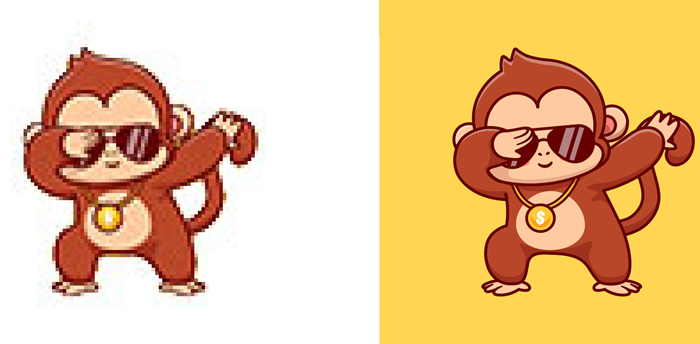Raster to Vector Conversion: Exploring the Process and Benefits
Raster images, also known as bitmap images, are composed of a grid of pixels that define the color and intensity of each point in the image. While raster images are ideal for representing complex details and continuous-tone images, they have limitations when it comes to scalability. Vector images, on the other hand, are composed of mathematical equations that describe shapes and lines. This makes them infinitely scalable without any loss of quality. Raster to vector conversion is the process of transforming raster images into vector format, enabling greater flexibility and versatility in various applications. In this article, we will explore the process of raster to vector conversion and discuss its benefits.
Understanding Raster to Vector Conversion:
Raster to vector conversion involves converting pixel-based raster images into vector-based graphics. The process typically consists of several steps:
Importing the raster image: The initial step is to import the raster image into a vector editing software or specialized conversion tool.
Tracing and outlining: The next step is to trace the raster image using various tools available in the software. This process involves manually creating vector paths that define the edges and shapes of the image.
Adjusting curves and lines: Once the image is traced, the curves and lines can be refined and adjusted to ensure smooth and accurate vector paths. This step requires careful attention to detail to achieve the desired results.
Adding colors and gradients: After the vector paths are established, colors and gradients can be added to the image using the appropriate tools in the software. Vector graphics allow for precise control over colors and gradients, resulting in high-quality outputs.
Saving the vector file: Finally, the vector image is saved in a suitable file format, such as SVG (Scalable Vector Graphics), AI (Adobe Illustrator), or EPS (Encapsulated PostScript), which can be easily edited or used in various applications.
Infinite scalability: Vector graphics can be scaled to any size without any loss of quality. This makes them ideal for logos, illustrations, and designs that may need to be reproduced in various sizes for different purposes, such as print or web.
Smaller file sizes: Compared to raster images, vector graphics tend to have smaller file sizes. This is because vector images store mathematical equations instead of individual pixels. Smaller file sizes are advantageous for efficient storage, transfer, and loading times, particularly in web and multimedia applications.
Editability and flexibility: Vector graphics offer greater flexibility and editability compared to raster images. Each element in a vector file can be easily modified, resized, repositioned, or recolored without compromising the overall quality of the image. This makes vector graphics highly versatile for design and illustration purposes.
Sharpness and clarity: Vector images are not limited by resolution, unlike raster images. They can be rendered at any resolution, resulting in sharp, crisp lines and shapes. This quality is particularly valuable for professional printing and high-resolution displays.
Simplified reproduction: When a raster image is converted to vector format, it becomes easier to reproduce the image using various output devices, such as plotters or engraving machines. The precision and scalability of vector graphics ensure accurate replication across different mediums.
Applications of Raster to Vector Conversion:
Graphic design: Raster to vector conversion is Raster to Vector Conversion widely used in graphic design to create logos, icons, illustrations, and other visual elements that require scalability and flexibility.
CAD (Computer-Aided Design): In architectural and engineering fields, raster to vector conversion plays a crucial role in converting hand-drawn sketches or scanned blueprints into editable vector formats for further refinement and modification.
Textile design: Vector graphics are commonly employed in textile design for creating patterns, motifs,

Comments
Post a Comment